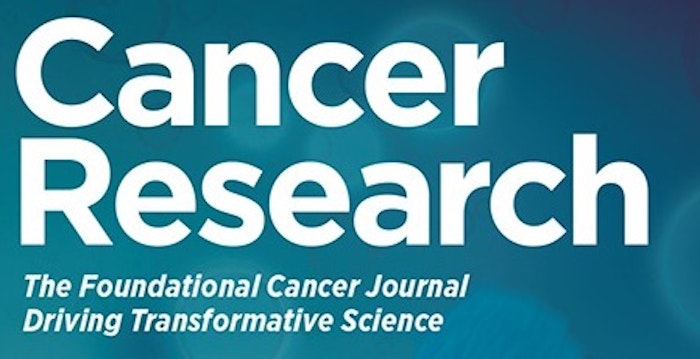Abstract 3000: Defining the subclonal landscape of high-risk neuroblastoma

Abstract
We recently showed that relapsed neuroblastoma (NB) tumors harbor an increased somatic mutational burden, enriched for ALK or RAS-MAPK activating lesions, nominating targeted therapeutic strategies for a condition that is largely incurable. We also showed that these mutations can be present in subclonal tumor cell populations at diagnosis, suggesting that they may contribute to acquired chemoradiotherapy resistance. We hypothesize that subclonal mutations in NB oncogenes are common at diagnosis, are biomarkers for treatment failure, and can be targeted in conjunction with standard chemotherapy to improve patient survival. Here, we focus on the first aspect of this broad hypothesis by presenting the subclonal landscape of diagnostic, high-risk neuroblastomas. A meta-analysis of our previously published primary/relapse (N=23), whole exome (N=232) and whole genome (N=159) diagnostic data, and recent sequencing study of 78 diagnostic and 67 relapse cases were used to inform design of a custom amplicon panel for ultra-deep sequencing. The 28-gene panel covers 57 mutations in frequently mutated genes. Here, 250 high-risk primary tumors were sequenced to an average depth of 50,000X. More subclonal mutations were called (mean=36) compared to clonal alterations (mean=3), demonstrating the complex subclonal architecture in these tumors. We validated five clonal ALK mutations we originally discovered and identified 15 additional pathogenic ALK mutations with mutant allele frequencies (MAFs) ranging from 0.03-23%. Known ALK activating mutations were found at codons 1170, 1174, 1196, 1245, 1275 in 15 of 38 diagnostic primary tumors. This 39.5% frequency is much higher than the 14% frequency defined by us using Sanger or other sequencing methods. Improvement of subclonal mutation detection of actionable, relapse-specific driver mutations demonstrates the clinical utility of utilizing this sequencing methodology at diagnosis to enable timely improvement of outcomes for children with high-risk refractory NB.